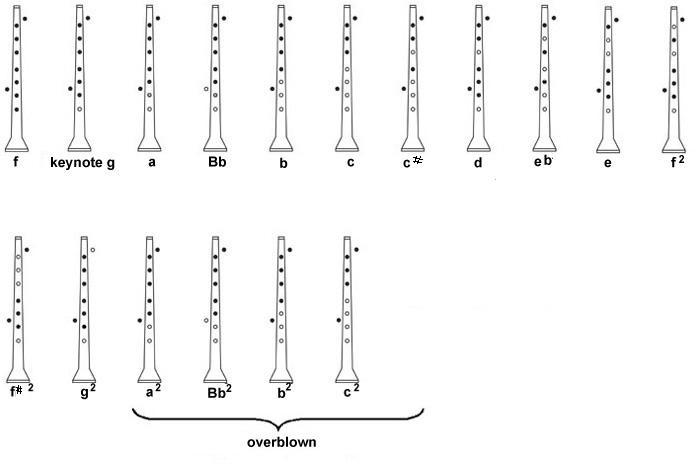The Bagpipe Society
Guide to the 'Southern’ English Border Pipes
Border pipes were never standardised and consequently while Southern English Border Pipes look like their northern cousins, they are much influenced by, and closer in sound to, the French Musette à Béchonnet and the Grande Cornemuse du Centre.
A modern development, in other words, English Border Pipes tend to be in G, low D or low C, can be mouth or bellows blown, have up to four drones carried on the shoulder or across the chest, use half-closed fingering, and are nearly chromatic over a one and a half octave range. Various makers now produce variants of the same instrument (sometimes under different names).
Repertoire overlaps with its northern cousin but the instrument’s versatility allows English, French, Breton, Early Music and even Eastern European tunes to be played. That this is a new instrument means that in the absence of a tradition players tend to develop a unique and identifiable style. English Border Pipes are one of the most popular pipes to feature at the Blowout.

- Data Processing Notice (GDPR)
-
@BagpipeSociety on X (formally known as Twitter)
-
TheBagpipeSociety on Instagram
-
 BagpipeSociety on Facebook
BagpipeSociety on Facebook
Something wrong or missing from this page? Let us know!
